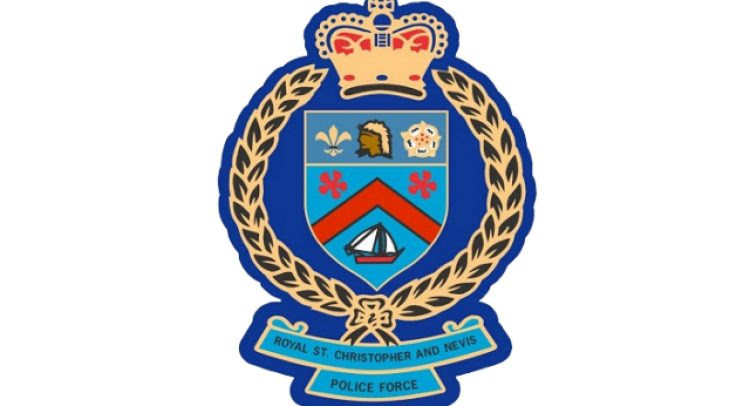Vehicle Illumination Duration
This legal notice, issued on June 19, 2025, by the Licensing Authority, mandates the designated lighting period for all motor vehicles operating within the Federation. Effective June 20, 2025, all motor vehicles are required to activate their lights between the hours of 7:00 pm and 5:00 am the following day. This regulation is enacted under the authority granted to the Licensing Authority by section 2(1) of the Vehicles and Road Traffic Act, chapter 15.06. This act likely provides the legal framework for regulating vehicle operation and road safety within the Federation. The specific section cited, 2(1), likely details the powers of the Licensing Authority to establish and enforce such regulations, including stipulations regarding lighting requirements. The notice serves as a formal declaration of this new lighting period, ensuring public awareness and compliance.
The primary objective of this lighting regulation is to enhance road safety during hours of darkness and reduced visibility. By requiring motor vehicles to illuminate their lights, the regulation aims to increase the conspicuity of vehicles, thereby improving the ability of drivers to perceive and react to other road users. This heightened visibility can help prevent collisions, particularly at intersections, curves, and in areas with limited ambient lighting. The specific time frame, 7:00 pm to 5:00 am, corresponds with the typical hours of darkness and twilight, ensuring that vehicles are appropriately illuminated during periods when natural light is insufficient for optimal visibility. This mandatory lighting requirement contributes significantly to mitigating the risks associated with nighttime driving.
The legal basis for this regulation, the Vehicles and Road Traffic Act, chapter 15.06, likely encompasses a comprehensive set of rules and regulations governing vehicle operation on public roads. This act likely addresses various aspects of road safety, including vehicle registration, licensing, roadworthiness, driver conduct, and traffic control. The specific section referenced, 2(1), grants the Licensing Authority the power to establish and enforce specific regulations, such as the stipulated lighting period. This framework provides a legal structure for ensuring responsible vehicle operation and promoting road safety within the Federation.
The enforcement of this lighting regulation is crucial for its effectiveness in enhancing road safety. The Licensing Authority, empowered by the Vehicles and Road Traffic Act, likely has mechanisms in place to monitor compliance and address violations. This could include routine patrols by law enforcement agencies, checkpoints, and public awareness campaigns. Penalties for non-compliance may involve fines, demerit points, or other sanctions, as outlined within the Vehicles and Road Traffic Act. Consistent enforcement not only deters violations but also reinforces the importance of adherence to traffic regulations for the overall safety of road users.
The timing of the implementation of this lighting regulation may be influenced by various factors, such as seasonal changes in daylight hours, traffic patterns, or accident data. The effective date of June 20, 2025, suggests a potential alignment with the onset of shorter daylight hours or periods of increased road usage. The Licensing Authority likely considers these factors when establishing the lighting period to maximize its impact on road safety. By selecting an appropriate timeframe, the regulation aims to address periods of heightened risk and contribute to a safer road environment for all users.
The public announcement of this lighting regulation, made on June 19, 2025, provides a one-day grace period before its enforcement begins. This notification allows motorists sufficient time to adjust their driving habits and ensure compliance with the new regulation. Public awareness campaigns, media announcements, and other communication strategies may be employed to disseminate this information widely, reaching all segments of the driving population. This proactive communication strategy ensures that motorists are well-informed and can adapt their behavior accordingly, ultimately contributing to a smoother transition and improved road safety outcomes.
Share this content:












Post Comment